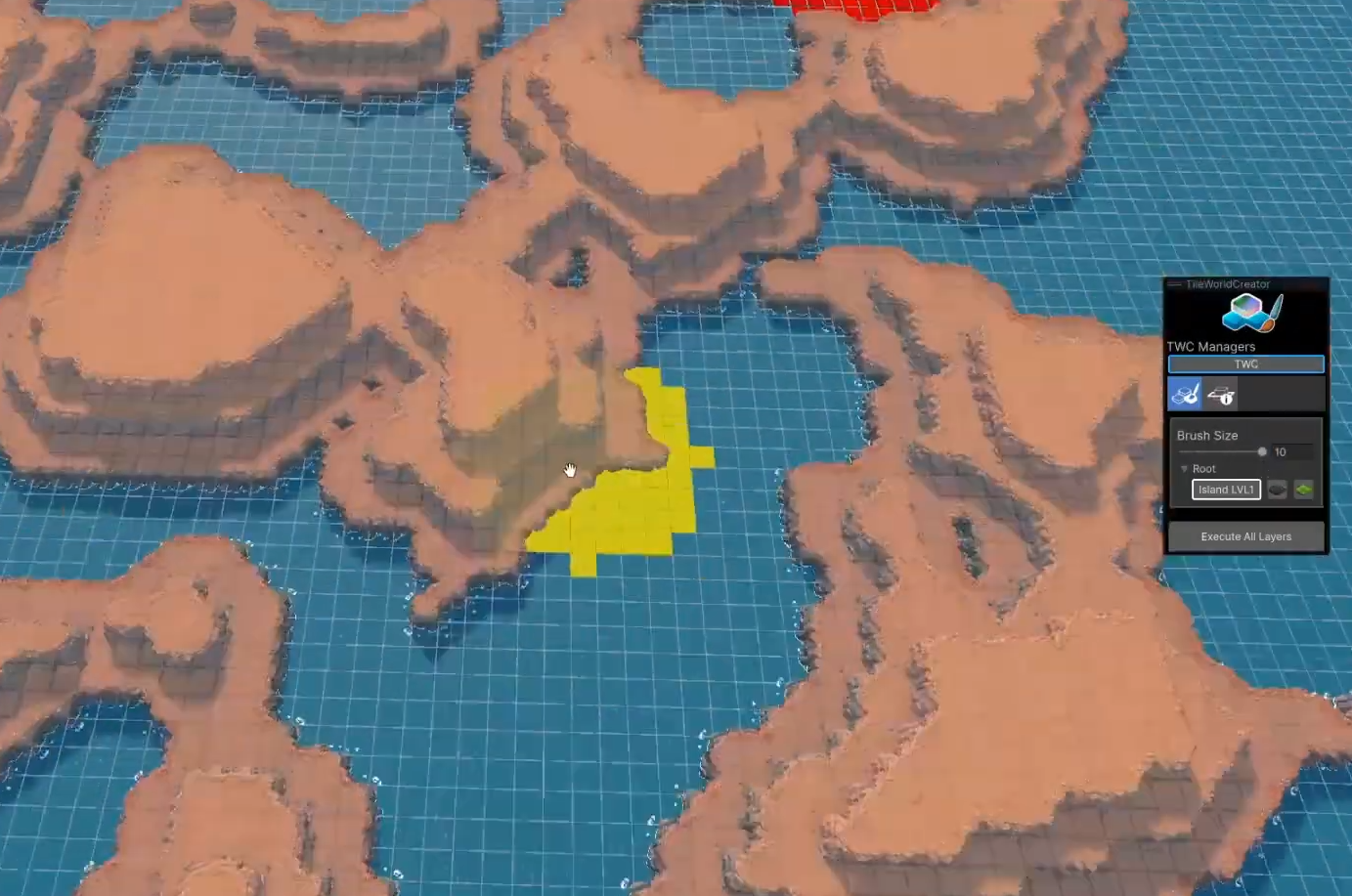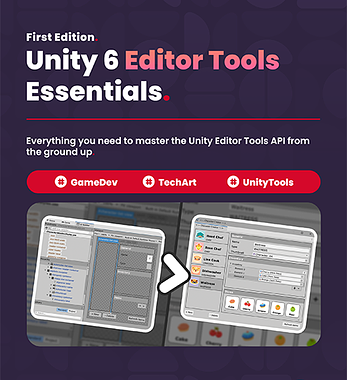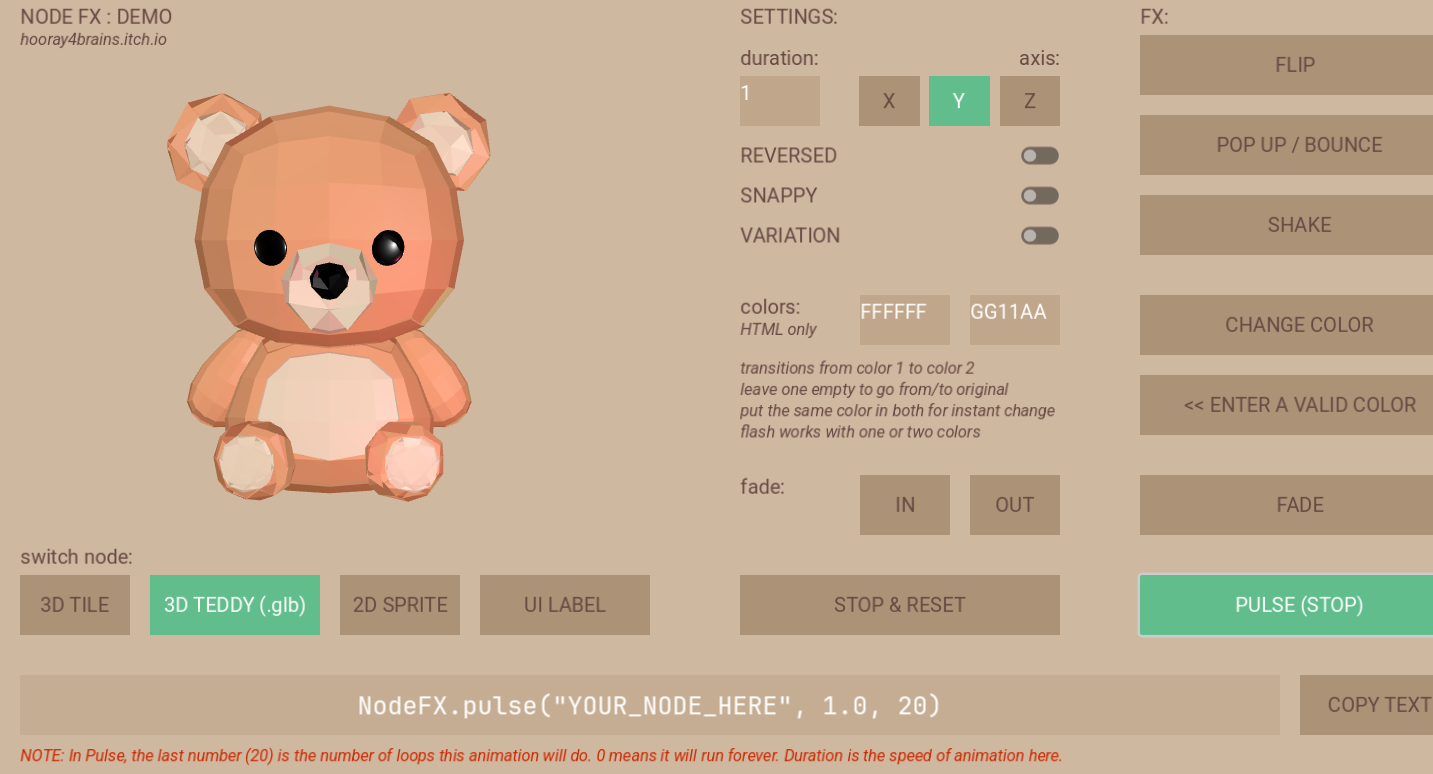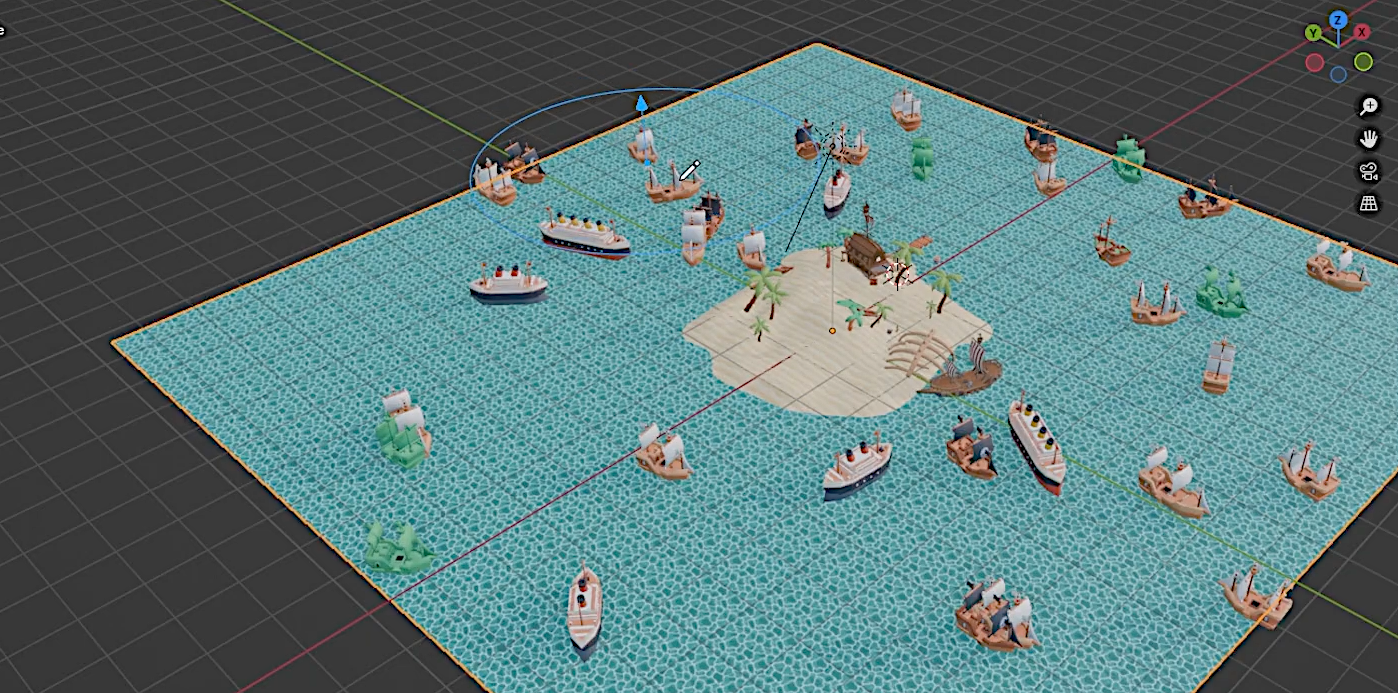
TileWorldCreator 4: Faster, Smarter Procedural 3D Tilemaps for Unity.
by Jettelly
Published |
TileWorldCreator 4 is the newest release of the well-known procedural 3D tilemap system for Unity made by Giant Grey Studios. The series began with the original TileWorldCreator in 2015 and evolved through version 3 in 2021, each step adding more flexibility for rule-based worldbuilding. Version 4 is a complete rewrite that delivers major speed gains, introduces a dual grid workflow that cuts required tile types from 14 to just 5, and brings a host of performance and usability improvements.
TileWorldCreator V4 is out now! 🎉
— Marc Egli (@MarcCEgli) September 2, 2025
👉https://t.co/iXgXEYyY5X
What would you create with it?
Like, repost & comment for a chance to win 1 of 5 free keys! 🔑#gamedev #indiedev #unity3d #madewithunity #tileworldcreator pic.twitter.com/kewZT3WUws
What It Does
TileWorldCreator is a rule-based 3D autotile system that lets developers create large, complex tilemaps either procedurally or by hand. The add-on combines generators and modifiers to build organic or structured environments, supports runtime generation through a simple API, and includes collision mesh generation and draw call optimization.
The V4 update makes significant improvements on performance. Maps can be generated or updated quickly, with only affected neighbors rebuilt. Also, the editor has been rebuilt with Unity’s newer UIToolkit for a smoother scene-painting experience.
Key Improvements Over Previous Versions
TileWorldCreator has been around for years, but version 4 represents its most significant update to date.
- Major performance gains: Up to 45x faster than version 3, enabling larger maps and quicker updates.
- New dual grid workflow: Reduces required tile types from 14 to 5 while maintaining full 3D flexibility.
- Improved editing and painting: A new high-performance editor and better scene view painting make manual adjustments easier.
- Refined runtime generation: Lightweight API and optimized tile instantiation simplify dynamic world creation.
Main Features
- Dual grid or standard grid support.
- Built-in generators such as Cellular Automata and BSP Dungeon, plus support for custom generators and modifiers.
- Non-destructive, layer-based workflow that separates blueprint and build layers.
- Pathfinding generator for roads, rivers, and natural paths.
- Object build layers for spawning prefabs directly onto generated maps, with orientation based on neighboring tiles.
- Tileset override system for quick style or biome changes.
- Automatic collision mesh generation and tile cluster merging to minimize draw calls.
- Ready-to-use sample scenes, URP shaders, and materials.
🎥 Here’s an example of the tool in action:
Render Pipeline Compatibility
TileWorldCreator 4 is designed with the Universal Render Pipeline (URP) in mind and ships with URP-ready sample scenes, shaders, and materials. These assets work out of the box, making URP the recommended setup for most projects.
The add-on itself can operate under any render pipeline, but its included materials and shaders are tailored to URP. The Built-in Render Pipeline is not supported, and HDRP is not officially compatible. However, because the shaders are built with Shader Graph, adapting them for HDRP is technically possible for teams that need high-end visuals.
See more information in the documentation here.
Some Alternatives
For developers exploring procedural world-building in Unity, Tessera offers a cube-based, Wave Function Collapse approach ideal for generating structured 3D levels and buildings from modular prefabs. Autotiles 3D is another option that allows you to place and edit tiles in a grid-like 3D world easily.
If you want to work with rooms instead of individual terrain tiles, RoomGen is also another option, focused on dungeon room generation but also capable of making outdoor environments.
If you want to make larger worlds, MapMagic 2 focuses on node-based, infinite terrain generation and can stream new terrain tiles at runtime, making it well suited for large, open environments where endless landscapes are needed rather than rule-based tilemaps. Finally, Gaia Pro, a long-standing and award-winning terrain tool, is recognized as a Unity Verified Solution and excels at creating detailed natural terrains with strong artistic control, but it's not tile-based.
✨ You can get TileWorldCreator 4 today on the Unity Asset Store.
If you want to work with rooms instead of individual terrain tiles, RoomGen is also another option, focused on dungeon room generation but also capable of making outdoor environments.
If you want to make larger worlds, MapMagic 2 focuses on node-based, infinite terrain generation and can stream new terrain tiles at runtime, making it well suited for large, open environments where endless landscapes are needed rather than rule-based tilemaps. Finally, Gaia Pro, a long-standing and award-winning terrain tool, is recognized as a Unity Verified Solution and excels at creating detailed natural terrains with strong artistic control, but it's not tile-based.
✨ You can get TileWorldCreator 4 today on the Unity Asset Store.
👉 Check out our Unity Tool Development Bundle, which combines Shaders & Procedural Shapes in Unity 6 and Unity 6 Editor Tools Essentials to help you elevate your Unity skills and streamline tool creation.





